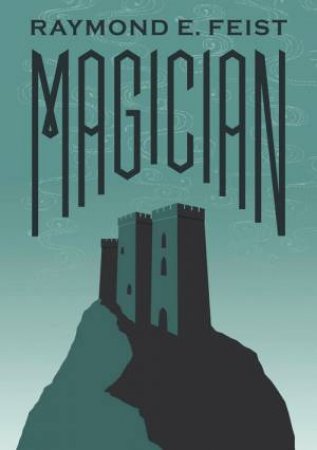


I honestly cannot tell you how old any of the main characters are by the end of the first book. It’s OK to cover long periods of time in your narrative, but you absolutely must give the reader signposts and landmarks along the way. Unless you are sitting with pen and paper at hand and keep track of the occasional and usually buried “two years later” type remarks, you will find yourself hopelessly lost as to the chronology of the story. He never uses calendar dates and rarely announces character ages, even those of the main characters. Feist skips ahead years at a time even as he jumps around geographically, creating confusion and a sense of disjointedness. One of the major problems of the book is its handling of time.

I doubt I will ever know for sure, as I can’t ever see myself making time to revisit the series. This suggests that the second book will spend more time exploring their story.

For the first time the narrator gives us true access to the invaders’ minds and we see a great political schism occurring among them. At the end of the first book the war has been raging for three years and suddenly the invaders pull back. War breaks out as people from another world invade the kingdom (thus the series title “Riftwar Saga”). Pug becomes an apprentice to the court magician and Tomas becomes a soldier. The story follows principally Pug and his best friend Tomas, though Pug’s “rival” Roland and princess Carline also figure strongly in this first book. I knew I was in trouble when I read the second sentence and realized the protagonist of the story was named Pug. At the character level, it falls flat at every turn. To be fair, this was Feist’s first foray into novel writing (or so he admits in his foreword to this new edition), but why it continues to be published decades later and why all the lavish praise heaped upon it is a mystery to me.įundamentally the book is a tired and clichéd bildungsroman (coming-of-age story) of the most superficial sort. I finished it simply because I had started it, and I will not be reading the second installment, Magician: Master. Feist, Magician: Apprentice, The author’s preferred edition (New York: Bantam, 2004).


 0 kommentar(er)
0 kommentar(er)
